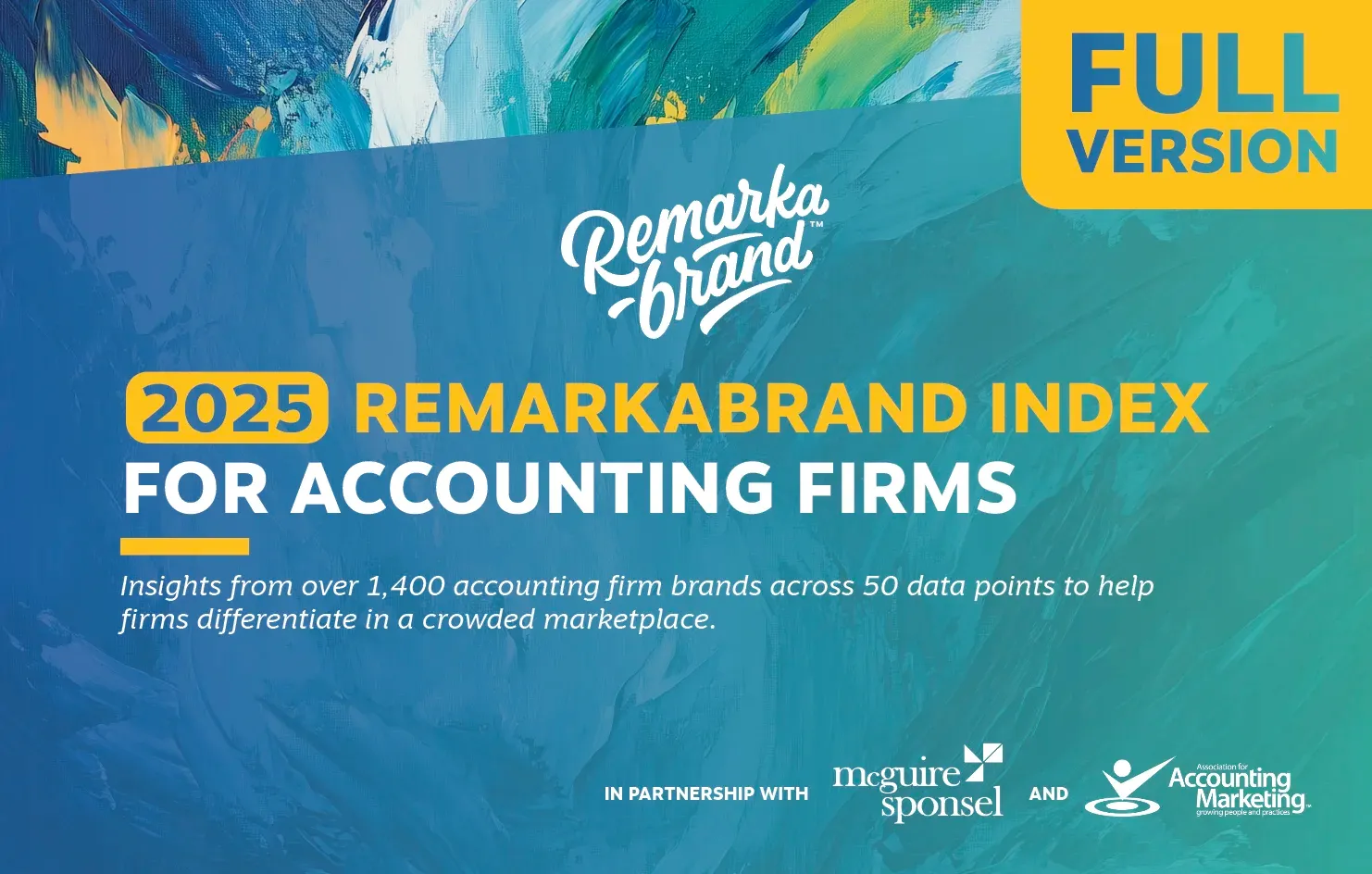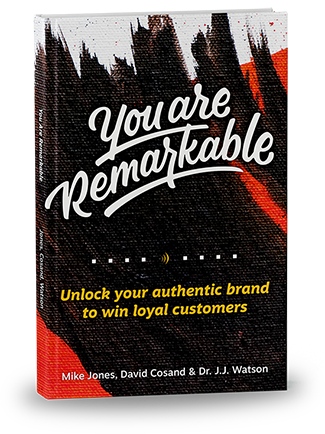Every brand gets its power from connecting with people and delivering on its promises. And that starts with internal branding.
I’m taking inspiration from a conversation I had with David and Sam, where we emphasize internal branding: taking an internal focus before taking your brand identity to the world.
We’ll explore why internal branding should be your first focus, the pitfalls of neglecting it, and how to implement it successfully within your team.
By aligning your internal stakeholders first, you set the stage for a more cohesive and powerful brand presence in the market.
Focus on Your Team First
Nobody advocates for your brand like employees. Their words and actions tell everyone what your brand stands for. If they know your brand—and you hire well, based on your brand—your employees will see the connection.
And that consistent brand experience—through the words and actions of your employees—connects with customers more than your claims ever will.
Create clear guidance and your employees will give you a cohesive internal brand that enhances customer service, employee satisfaction, and overall business performance.
Not Convinced Internal Branding Matters?
Here’s what happens when external branding fails to connect with your employees.
- Lack of Cohesion. Without internal branding, your team acts and speaks inconsistently, confusing clients.
- Employee Disengagement. When employees don’t feel connected to the brand, their engagement and productivity suffer.
- Reputation Risks. Inconsistent branding can damage your reputation, making it harder to attract both clients and talent.
- Missed Opportunities. A team that’s not aligned with the brand won’t know how to represent the firm in social settings or online platforms.
Neglecting internal branding can have real financial consequences, from lost sales to increased employee turnover.
The Overview: Implement Internal Branding
Branding starts at the top but doesn’t stay there.
We’ve all seen companies that embrace amazing-sounding values but don’t live up to them.
You might be at the counter at the car rental desk, and you can’t get the agent to live up to their own values. The values are literally on the wall behind the person helping you.
They’re just not lived out.
So how do you build out those brand values properly and honestly?
- Start with Leadership. The first step in internal branding is getting buy-in from the top. Leadership needs to exemplify the brand values.
- Synthesize. People grow in understanding when they’re asked to think through the brand regularly. Ask everyone to apply them to a situation that happened recently. Did they live up to them? Is there room for improvement? Make sure everyone understands the brand’s values, mission, and vision.
- Give them Guides. Don’t give them long paragraphs to read. Give them workshops, handbooks, or even regular internal communications.
Know the Tools for Internal Branding
Internal branding uses different tools than external. But they all do the same thing in the end: instill an understanding of the brand to humans who can either be encouraged and excited about values or eventually forget.
Here are some ways you can keep everyone engaged internally.
- Brand Handbook & Workshops: Combine a comprehensive guide with internal training sessions to educate team members on brand elements, values, and practical applications.
- Digital Communication: Use platforms like Slack or Microsoft Teams for consistent, brand-aligned messaging and updates.
- Employee Engagement: Implement regular surveys and distribute high-quality branded merchandise to assess and reinforce brand understanding within the team.
Prioritize the Launch
Employees get engaged when they see the commitment from the firm’s leadership. The most obvious way to do this is through a brand launch event. However you do it, make sure you launch in a very visible way that involves everyone in the firm.
Here are a few ideas for how to launch your brand.
Virtual Brand Reveal
If you have a remote team, a virtual event may be your best bet. Use a mix of pre-recorded videos and live sessions to unveil the new brand. Include interactive elements like polls, Q&A sessions, and virtual breakout rooms for team discussions.
In-Person Brand Expo
Maybe you can get everyone together. This is the best option. Whether it’s at your firm’s headquarters or a rented venue, set up different booths or stations where employees can engage with various aspects of the brand—like a “Brand History” station, a “Meet the Designers” booth, or a “Brand Quiz” area.
Hybrid Event
Combine elements of both virtual and in-person events. Stream the in-person event activities online for remote employees and include them through interactive digital platforms. This ensures that everyone, regardless of location, can participate in the brand launch.
Engaging Different Experience Levels
Tailored Communication Understand that brand engagement isn’t one-size-fits-all. Customize your approach based on the experience level of the team member.
- For New Hires. Focus on educational workshops and onboarding programs that immerse them in the brand culture from day one.
- For Long-Time Members. Leverage their experience to serve as brand ambassadors within the team. Their endorsement can have a significant impact.
- For Partners and Stakeholders. Keep them in the loop with regular updates and involve them in major brand-related decisions. Their buy-in is crucial for long-term success.
Keep Brand Momentum
Everyone wants to rebrand. That’s the fun part. But keeping momentum is the big payoff for the business.
Want to build your value and the value of the firm? Then you’ll want to maintain the brand.
Here are some ways to do that.
- Regular Audits. Regularly review your brand’s performance metrics to ensure alignment with your initial goals.
- Refresh Campaigns. Introduce new marketing campaigns that align with your brand but offer a fresh perspective to avoid staleness. This means you add a creative brief to your brand guidelines.
- Employee Recognition. Acknowledge and reward employees who exemplify the brand values in their work. You gotta keep them thinking about it.
- Customer Feedback. ABL: always be listening. Customer perceptions offer insights into how your brand is really doing.
How Do You Handle Team Members Who Push Back on Brand Identity
Not everyone will understand, and not everyone’s a perfect fit for the brand. Here are some ways to bring people on board. The most resistant can sometimes turn into the brand’s strongest ally. So don’t give up too easily.
- Open Dialogue. Create a safe space for team members to voice their concerns without fear of retribution. We’re not telling you to create a cry room with puppies and essential oils. Just listen in a way that lets people know you’re not interested in judging; you just want to know their honest concerns.
- Data-Driven Discussions. Use performance metrics and customer feedback to back up the importance of brand consistency. This may be the key to establishing your value.
- Inclusive Decision-Making. Involve resistant team members in brand-related decisions when possible. You’re not letting them sabotage things. You’re just giving them a sense of ownership.
- Training and Onboarding. Sometimes you just need to get them to talk about their objections and express your values in their own words.
Strong Internal Brands Fuel Strong External Brands
In today’s landscape where name-brands dominate, your strong brand gives you more value than ever, providing guidance for how to make policy, how to communicate, and how your brand works, from the inside out.
Inspired by a conversation with David and Sam, we discussed why your team should be the first focus in your branding efforts. We also explored the risks of overlooking internal branding and offered strategies for successful implementation.
Remember, by aligning your internal team first, you pave the way for a unified and impactful brand presence in the market.



